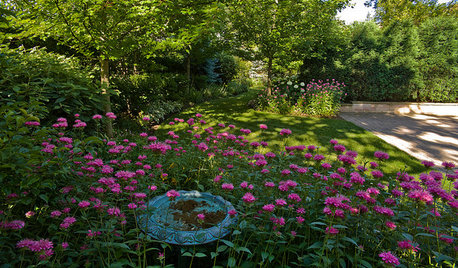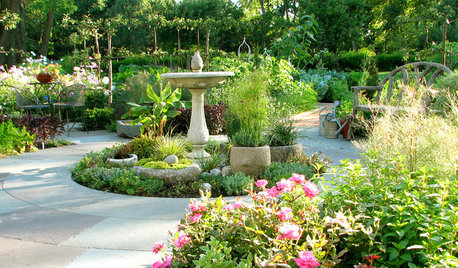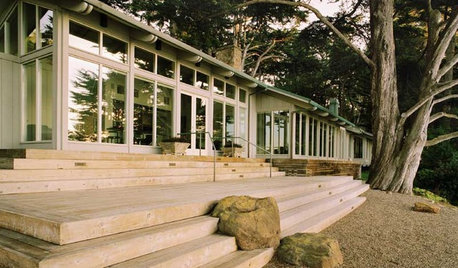Lawn care
Happyme24
9 years ago
Related Stories

GARDENING GUIDESTree Care: Common Tree Diseases and What to Do About Them
Learn to recognize trees that may be affected by diseases or pests so you can quickly take action
Full Story
LANDSCAPE DESIGN7 Low-Maintenance Lawn Alternatives
Turf isn't the only ground cover in town. Get a lush no-grass lawn with clover, moss and other easy-care plants
Full Story
COMMUNITYWant a Cleaner, Safer Neighborhood? Show You Care
Our behavior strongly influences others, says a new study. Show neighbors you care about your street and watch them follow suit
Full Story
LANDSCAPE DESIGNExuberant Self-Seeders for Gorgeous, Easy-Care Gardens
Keep weeds down, color high and maintenance low with beautful plants that sow themselves
Full Story
GARDENING GUIDESHow to Keep Your Trees Healthy
Ensure your trees’ vigor for years to come with these tips for protecting roots, watering effectively and more
Full Story
GARDENING GUIDESAfter-Summer Care for a Fabulous Fall Garden
Cleaning out stragglers and taking time to assess will keep your garden thriving all through autumn
Full Story
GREAT HOME PROJECTSHow to Replace Your Lawn With a Garden
New project for a new year: Lose the turfgrass for energy savings, wildlife friendliness and lower maintenance
Full Story
EARTH DAYThe Case for Losing the Traditional Lawn
Work less, help the environment and foster connections by just saying no to typical turf
Full Story
MOST POPULARMeet a Lawn Alternative That Works Wonders
Carex can replace turfgrass in any spot, is low maintenance and adjusts easily. Add its good looks and you’ve got a ground cover winner
Full Story








timtsb
morpheuspa (6B/7A, E. PA)
Related Professionals
Danbury Landscape Architects & Landscape Designers · West Milford Landscape Architects & Landscape Designers · Paradise Landscape Architects & Landscape Designers · Burlington Landscape Contractors · Azalea Park Landscape Contractors · Blue Springs Landscape Contractors · Dallas Landscape Contractors · Munster Landscape Contractors · North Richland Hills Landscape Contractors · Old Saybrook Landscape Contractors · York Landscape Contractors · Raytown Landscape Contractors · College Station Swimming Pool Builders · Palos Verdes Estates Swimming Pool Builders · Visalia Swimming Pool BuildersHappyme24Original Author
dchall_san_antonio
morpheuspa (6B/7A, E. PA)
yardtractor1
Happyme24Original Author
Happyme24Original Author
Happyme24Original Author
Happyme24Original Author